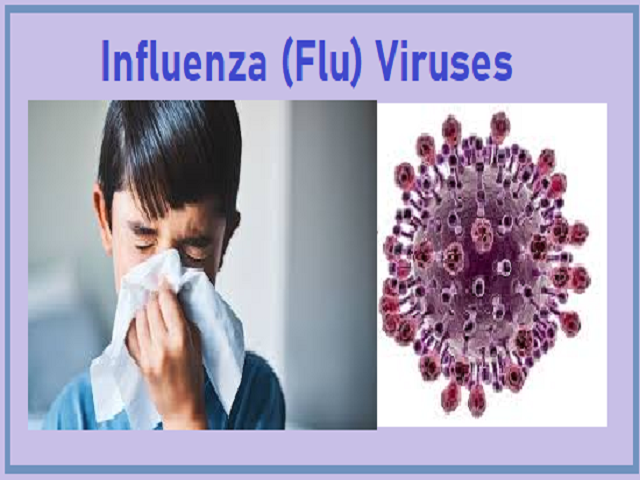Unveiling the Intricacies of Influenza: Understanding the Virus, Its Impact, and Preventive Measures
Influenza, commonly known as the flu, is a highly contagious viral infection that affects the respiratory system. Throughout history, influenza has been responsible for numerous pandemics, causing significant morbidity and mortality worldwide. Despite advancements in medical science, influenza remains a formidable public health challenge, emphasizing the importance of continuous research and vigilant preventive measures.
Understanding the Influenza Virus
Influenza viruses belong to the Orthomyxoviridae family and are categorized into types A, B, C, and D. Types A and B are the primary culprits behind seasonal outbreaks and pandemics, while type C usually causes milder respiratory symptoms. Type D primarily affects cattle and is not known to infect humans.
The influenza virus is characterized by its ability to undergo frequent genetic mutations, particularly in surface proteins hemagglutinin (HA) and neuraminidase (NA). These mutations, known as antigenic drift and shift, contribute to the virus’s ability to evade immunity and cause recurrent outbreaks.
Epidemiology of Influenza
Seasonal influenza outbreaks occur annually, typically during the winter months in temperate regions and throughout the year in tropical regions.

According to the World Health Organization (WHO), influenza infects millions of people worldwide each year, resulting in significant morbidity and mortality, particularly among high-risk groups such as the elderly, young children, pregnant women, and individuals with underlying health conditions.
Periodically, influenza viruses undergo major antigenic shifts, leading to the emergence of novel strains with pandemic potential. The most notorious influenza pandemics in recent history include the Spanish flu (1918), Asian flu (1957), Hong Kong flu (1968), and more recently, the H1N1 pandemic (2009).
Clinical Manifestations
Influenza typically presents with sudden onset symptoms such as fever, chills, sore throat, muscle aches, headache, cough, and fatigue. Gastrointestinal symptoms such as nausea, vomiting, and diarrhea may also occur, particularly in children.
While most individuals recover within one to two weeks, severe complications such as pneumonia, bronchitis, sinusitis, and exacerbation of underlying medical conditions can occur, leading to hospitalization and death.
Prevention and Control Strategies
Vaccination remains the cornerstone of influenza prevention. Seasonal influenza vaccines are formulated annually to target the predominant circulating strains. Vaccination not only reduces the risk of infection but also mitigates the severity of illness and prevents complications.
It is recommended for individuals aged six months and older, with particular emphasis on high-risk groups.
In addition to vaccination, non-pharmaceutical interventions such as hand hygiene, respiratory etiquette, and social distancing play a crucial role in reducing influenza transmission. Antiviral medications such as oseltamivir and zanamivir may be prescribed for the treatment and prophylaxis of influenza, particularly in high-risk individuals and during outbreaks.
Challenges and Future Directions
Despite the availability of vaccines and antiviral medications, influenza remains a significant public health burden globally. Challenges such as vaccine hesitancy, antigenic variability, and limited effectiveness of existing vaccines underscore the need for continued research and innovation in influenza prevention and control.

Advancements in vaccine technology, such as the development of universal influenza vaccines targeting conserved viral antigens, hold promise for long-term protection against multiple influenza strains. Furthermore, enhanced surveillance, rapid diagnostics, and global cooperation are essential for early detection and containment of influenza outbreaks, thereby reducing their impact on public health.
Conclusion
Influenza continues to pose a significant threat to global health, causing seasonal outbreaks and periodic pandemics with substantial morbidity and mortality.
Understanding the biology of the influenza virus, implementing effective preventive measures, and investing in research and innovation are crucial for mitigating the impact of influenza on public health.
By adopting a comprehensive approach that combines vaccination, non-pharmaceutical interventions, and advancements in therapeutics, we can strive towards a future where influenza-related morbidity and mortality are minimized, ensuring the well-being of individuals and communities worldwide.




